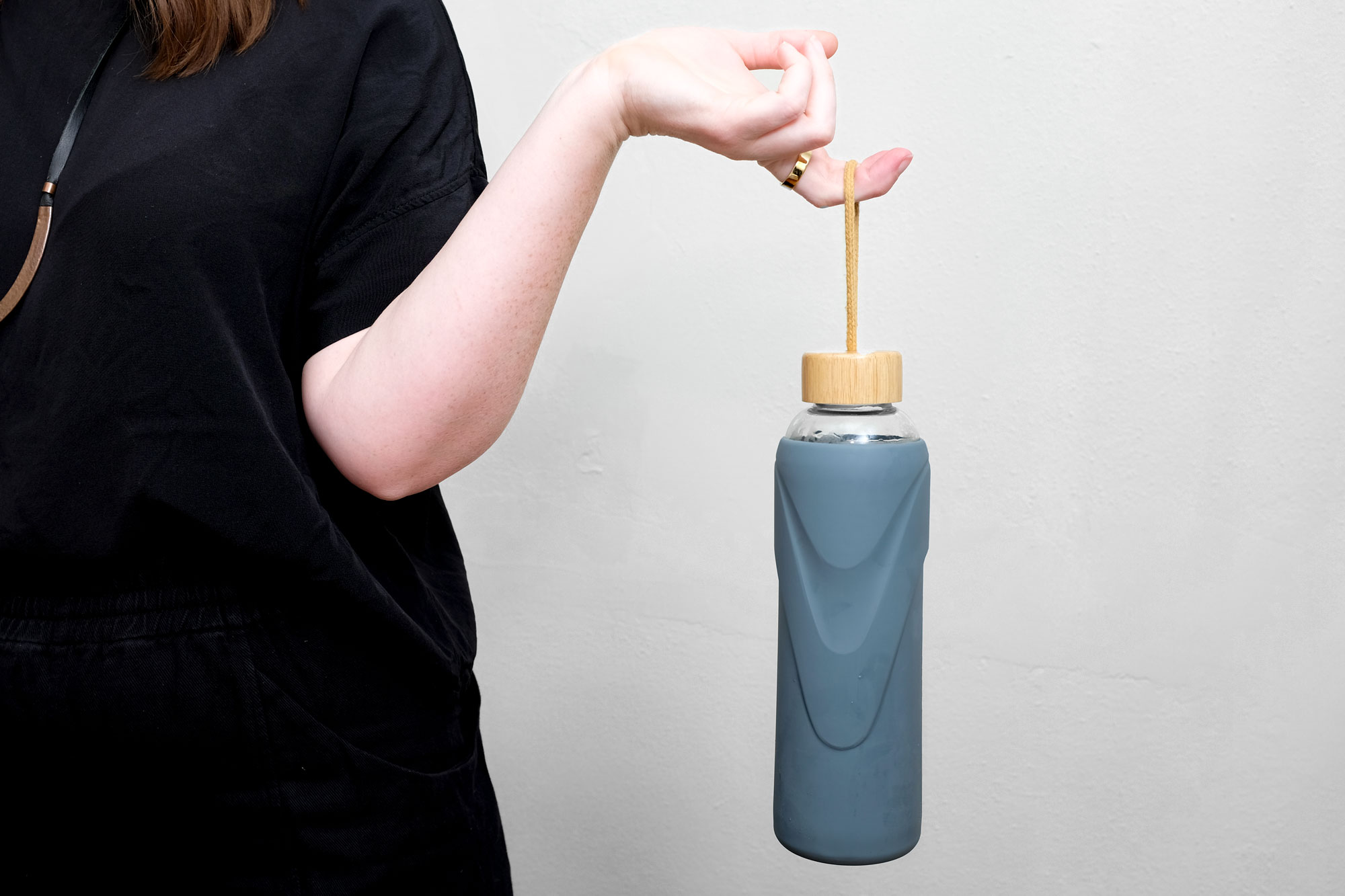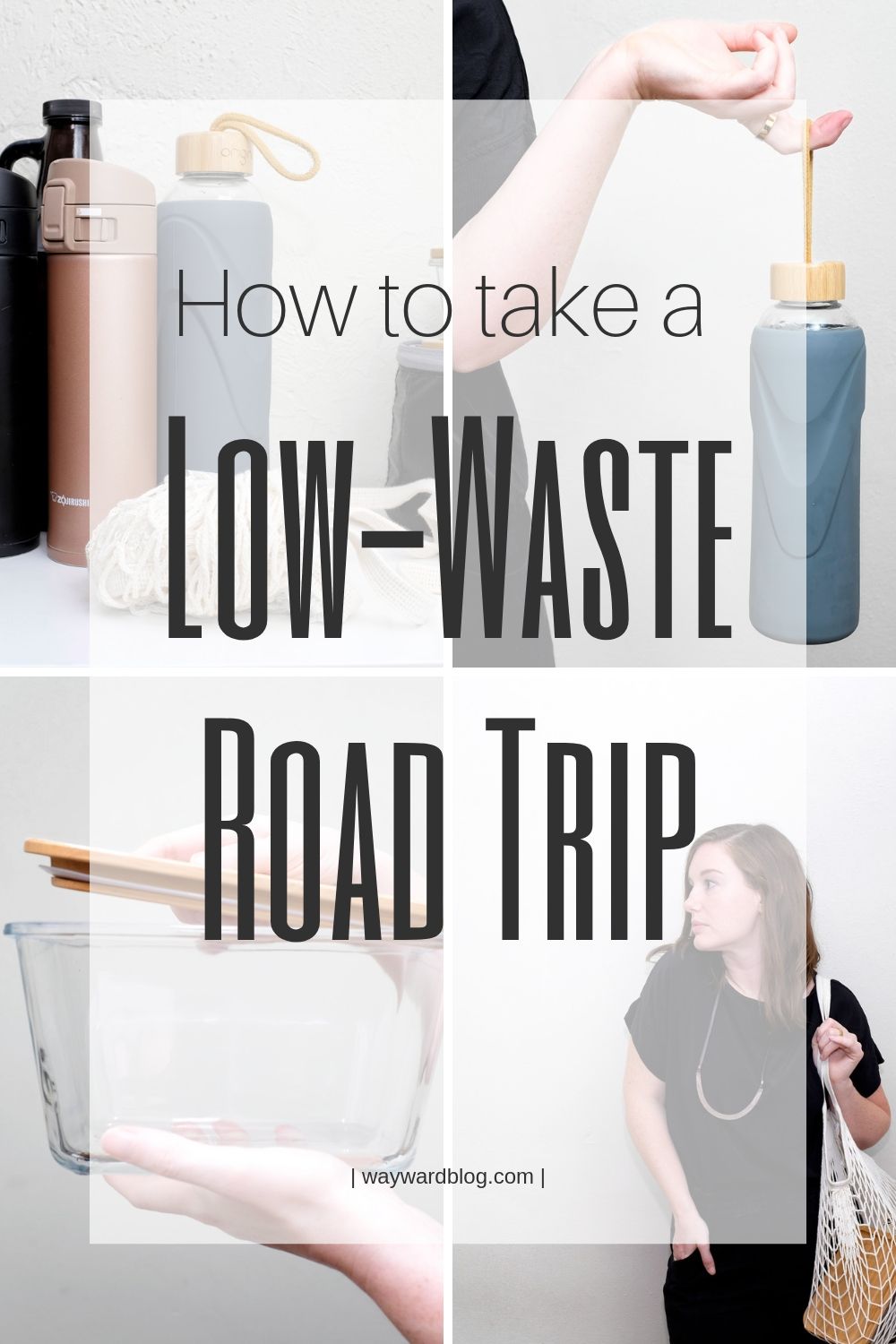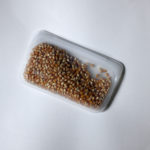
We all know that travel (particularly air travel) is terrible for the environment, but in all honesty (and somewhat ironically), the industry isn’t going anywhere. Even with more awareness and advancements in reducing waste, the burden largely falls on travelers to forego “convenience” and embrace reusable items.
I’ve previously shared tips for making your trip more eco-friendly, but most of the suggestions in that post are targeted at air travelers. But what about road-trippers? What do you do when there are an endless number of potential stops along the way, ample cup-holders, and lots of room in the trunk for purchases to go?
This post contains affiliate links and I may receive a small commission if you make a purchase after clicking one of these links (at no additional cost to you). Doing so helps keep this blog ad-free, so thank you for your support!
Despite the potential for stopping and finding hidden gems and small towns along the way, Michael and I don’t often travel more than two hours by car. Time is always our most precious resource, and flying usually makes the most sense. But on our most recent trip to Charlotte, driving won out.
Freed from the limitations of airline baggage restrictions, but faced with hours upon hours in the car, we strategized opportunities to reduce waste along the way. In addition, we assembled a low-waste road trip kit to help with the convenience factor later on (side note: I prefer the term “low-waste” as it feels a bit more friendly and attainable than “zero-waste”).
When convenience is no longer an excuse, it’s amazing how little waste we generate. Today I’m sharing the simple “tools” we included in our road trip tool kit, our experience with mindfully attempting to reduce waste, and tips for a low-waste road trip.
MY LOW-WASTE ROAD TRIP TOOL KIT
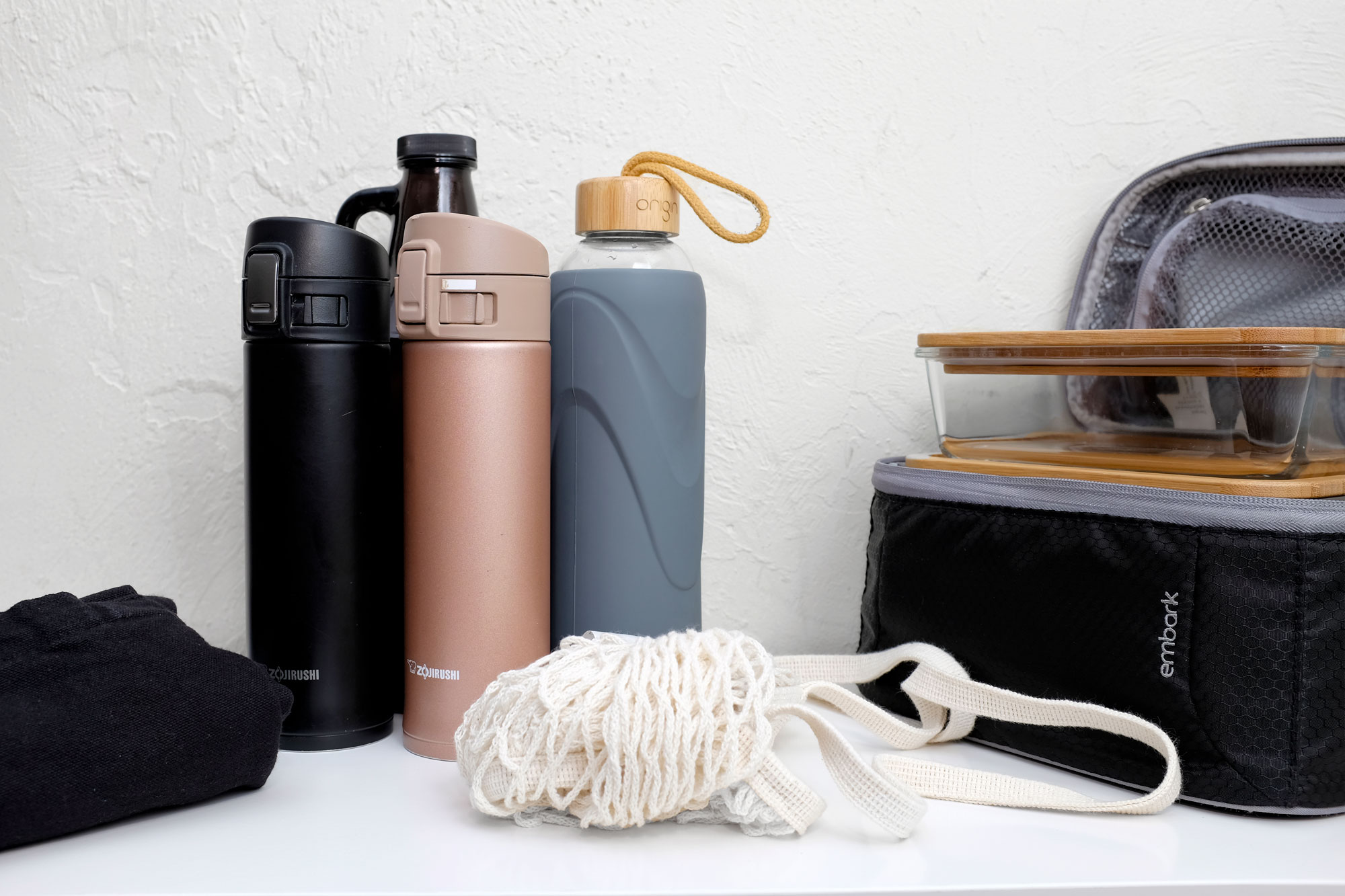
These items were the last I grabbed before we jumped in the car to start our trip, and with the exception of the lunchbox, everything fits right into the cotton tote.
To note, these are all items I had around the house, but there’s no need to purchase anything new to reduce your footprint. You can simply use containers and cups you have around the house! One thing (or three things, really) that is missing from our kit? Utensils.
We figured we wouldn’t be getting takeout anywhere and opted not to add anything else (spoiler: we were wrong).
REAL LIFE: MY LOW-WASTE ROAD TRIP EXPERIENCE
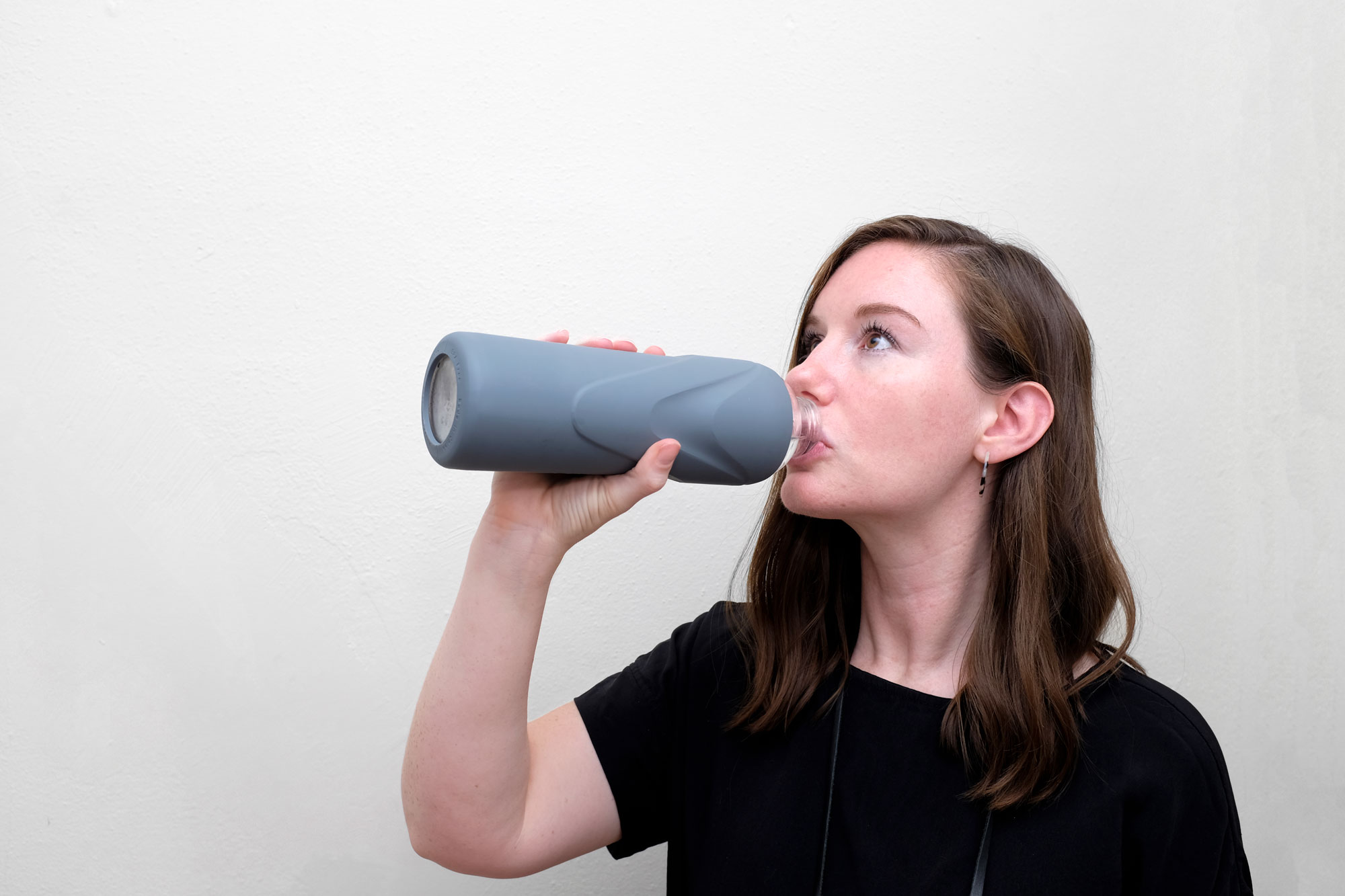
So, how’d we fare?
Our journey north was split over two days and saw little waste. We had dinner the first evening in Savannah and cleaned our plates, leaving no need to bring leftovers with us. And though our Airbnb offered a tempting array of snacks and bottled water, we opted to fill our bottle from the filtered water tap next to the kitchen sink.
After a quick stop for coffee in our travel mugs and an impromptu pastry (whoops – in a paper bag and not our container), we were almost to Charlotte. The only downside of our travel mugs is that they keep the contents really hot. As in, our coffees were still too hot to drink two hours later. Keeping the lids off helped, but it’s good to keep in mind if the coffee has just finished brewing!
While in Charlotte, we did our best to eat and drink at establishments. There were some places where it would have been tough to ask for food in our own container, like at Price’s Chicken Coop (now closed). But armed with our reusables at the farmer’s market and at breweries (our growler was the perfect size for us and our friends/hosts to bring local brews back to the house), we felt comfortable.
We also got ice cream (twice!) during the trip, and chose to have our scoops served in a cone. One disappointing thing about our last meal in Charlotte was that even though we were dining in, all food was served on styrofoam plates with plastic utensils. It wasn’t really on my radar to check out the dishes and utensils other guests were using, but it’s something I’ll pay more attention to now.
The journey home was completed over one long day in the car, and we were much more tempted by snacks at the gas station to stave off boredom. Finally, we succumbed to our cravings and each purchased a pre-packaged snack. Obviously, this wasn’t ideal, but we did continue to refill our water bottles at every chance and stopped for dinner at a cute local restaurant in Georgia to avoid the drive-thru.
TIPS FOR TAKING A LOW-WASTE ROAD TRIP

I can’t claim to be an authority on this because we definitely generated some waste during our trip, but here are a few tips to get you started. From there, we can all learn and grow in this practice together.
Skip the drive-thru and dine in.
Drive-thrus are placed by the highway for a reason – they are easily accessible to drivers and serve up food quickly. Personally, I think it’s worth the extra twenty to thirty minutes to have a quick meal at a sit-down restaurant.
We find that barbecue joints are always quick (sure, the meat is cooked slow, but by the time you walk in the door it’s ready for you!), and delis, pizza-by-the-slice, or Mexican restaurants can make for a reliably short lunch or dinner. Order just what you think you can eat to avoid leftovers, or bring your container, and check to see what kind of plates and utensils people are using.
Pack your own snacks.
This is easiest on your way to your destination, but we probably could have (and should have) made a quick grocery run to pick up bananas or bulk nuts for the journey home. In hindsight, I probably would have prepared muffins or granola bars for snacking.
For bonus points, pack a small cooler with ice packs for precut fruit and takeout items. You can just refreeze your ice packs at your Airbnb for the ride home (these plastic-free ones are my fave!).
Choose to stop at rest areas for bathrooms and water fountains.
If you simply need a nature break, stop at a designated rest area to avoid the temptation of snacks at the gas station (what is it about salty snacks and road trips?). You’ll likely find a water fountain, too. Here in the U.S., there are visitors’ centers located on state borders along major highways, which can sometimes feel a little cleaner. Just be safe when stopping late at night.
Collect your waste into an Ecobrick.
If all else fails, consider saving any waste you generate on your trip into an Ecobrick. By compacting all of the plastic trash you’ve collected, you’re not only reducing the amount of space that waste inhabits, but you’re also preventing wildlife from ingesting or getting tangled in small pieces of rubbish.
Okay, now what? Obviously, a jar of trash collected from a trip is not the kind of souvenir we want, so ask around your community to find a collection point, or check on the Ecobricks map.
*this item is no longer available from the retailer and I've linked a similar item
Enjoyed this post? You may also like:
- Five Easy Swaps I’ve Made to Reduce Waste
- Five More Easy Swaps I’ve Made to Reduce Waste
- Five Tips for a More Eco-Friendly Trip
- 20 Questions You Should Ask a Potential Travel Partner Before You Leave Home
- How to Split Travel Costs When One Person Makes More Money
- 5 Easy Ways to Save Money This Week (for your next trip!)
- What Happens When You Cancel a Non-refundable Trip?
- Dinner Party Survival Kit: 20 Travel-Themed Conversation Starters
- 5 Easy Things You Can Do Today to Save for Your Next Trip
- Minimalist Souvenir Idea: How to Create a Travel-Themed Patch Jacket
- How We Search for Flights
- I won a trip! (Now what?)
- Exclusive Discounts + Promo Codes
- All of My Packing Lists
pin this image!
What tips would you for reducing waste on a road trip?
